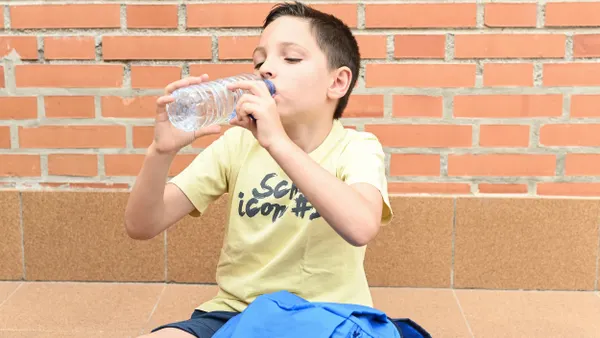Dive Brief:
- Environmental justice advocates are calling on Congress to reform a federal energy bill assistance program to better support households that need to run cooling equipment during increasingly hot summers.
- The Natural Resources Defense Council and WE ACT for Environmental Justice released a policy brief on Tuesday making the case that Congress should increase support for the “chronically underfunded” Low-Income Home Energy Assistance Program.
- States, which deploy the LIHEAP funds, also need to make changes such as increasing eligibility for households and improving public participation in planning how to use the funds, the policy brief says. All levels of government also need to implement heat resilience plans, the brief adds.
Dive Insight:
Communities across the country have been hit with record-breaking temperatures in recent summers. Meanwhile, heat-related deaths are on the rise.
“Our communities, many of whom don’t own housing and are overburdened by the rising cost of living, should not have to risk their lives to avoid exorbitant energy bills,” Caleb Smith, resiliency coordinator for New York City-based WE ACT for Environmental Justice, said in a statement.
States use the bulk of LIHEAP funds to help people with their heating bills, rather than cooling bills, according to a 2021 Duke University policy brief. In fiscal year 2022, only 24 states offered regular cooling benefits through LIHEAP, according to the policy brief. Regular cooling benefits are distinct from crisis benefits, which are offered to households facing emergencies such as a disconnection notice or extreme weather.
In states that do offer cooling benefits, funds often run dry before or partway through the summer, the brief says.
Even if households are eligible, they are not guaranteed to get assistance when they apply, and numerous states limit households to a certain number of benefits each year, the brief says. Benefits may also be limited by a lack of sufficient funds. Less than 2.5% of income-eligible households in the U.S. received regular cooling assistance in each of the past few years, according to the policy brief.
NRDC and WE ACT argue that LIHEAP needs more funding. Regular block grants have remained relatively flat since 2012, meaning the program hasn’t kept up with economic trends, the COVID-19 pandemic and climate change, the brief says. The advocates envision Congress refilling LIHEAP’s emergency contingency fund — which is intended to respond to situations like extreme weather and energy price spikes — to its maximum allotted $600 million per year. The groups also urge lawmakers to put the program on a path to annual appropriations of $40 billion.
As the need for cooling increases and the need for heating remains, LIHEAP managers will have to keep making hard choices between keeping houses warm in winter or cool in the summer, unless LIHEAP gets more funds, the authors argue.
Cities could make the case for more cooling support through programs like LIHEAP by better monitoring low-income households’ ability to pay for cooling, V. Kelly Turner, associate director of the University of California, Los Angeles’ Luskin Center for Innovation, previously told Smart Cities Dive.











